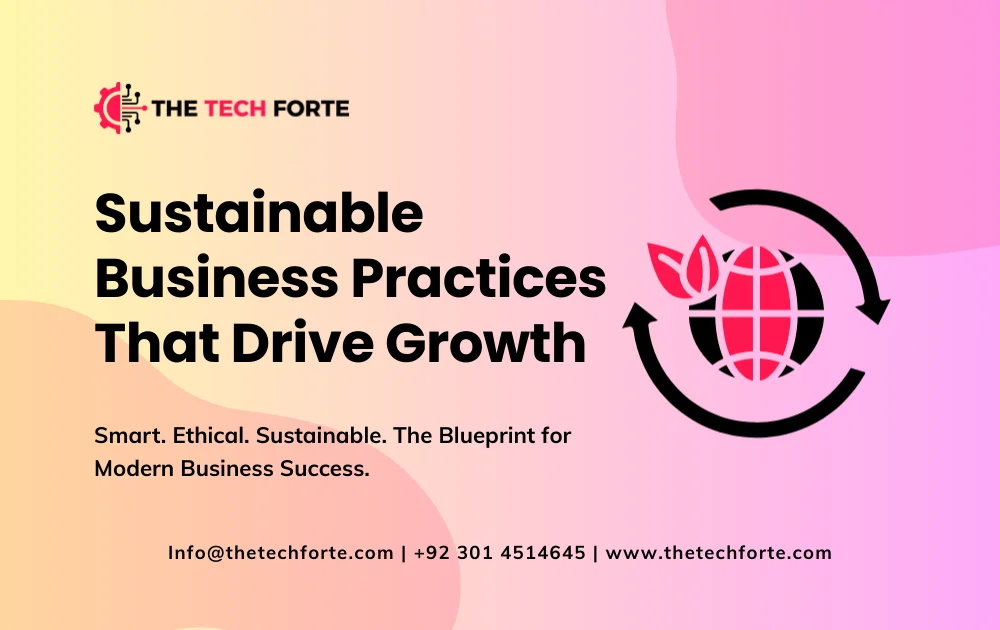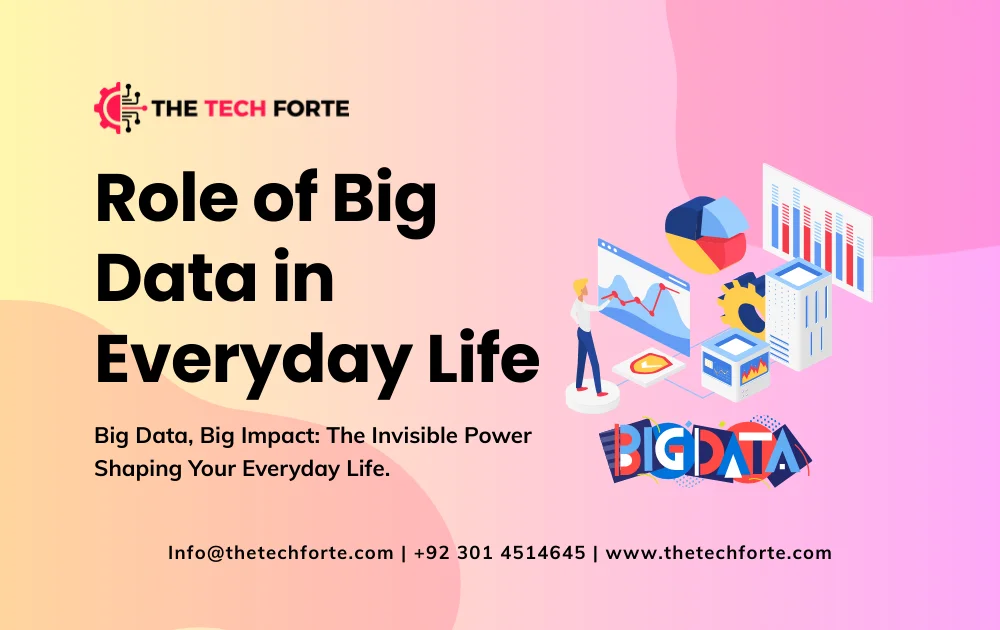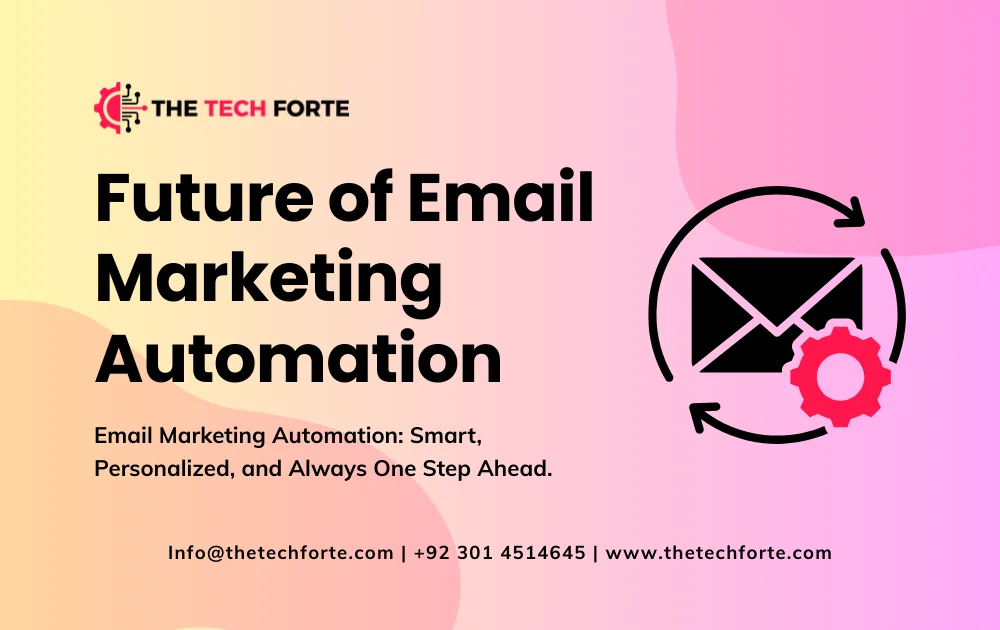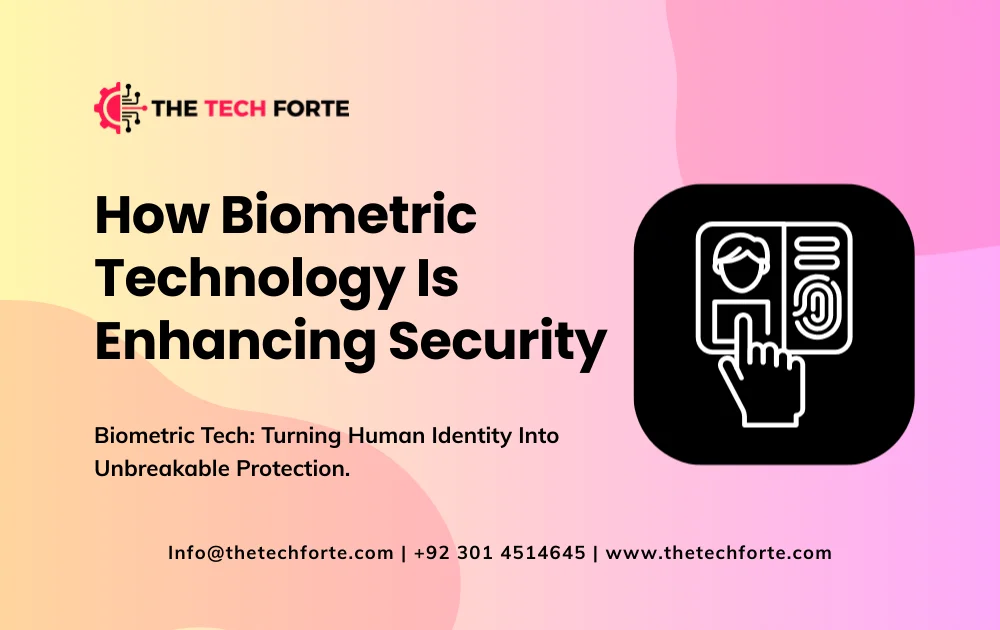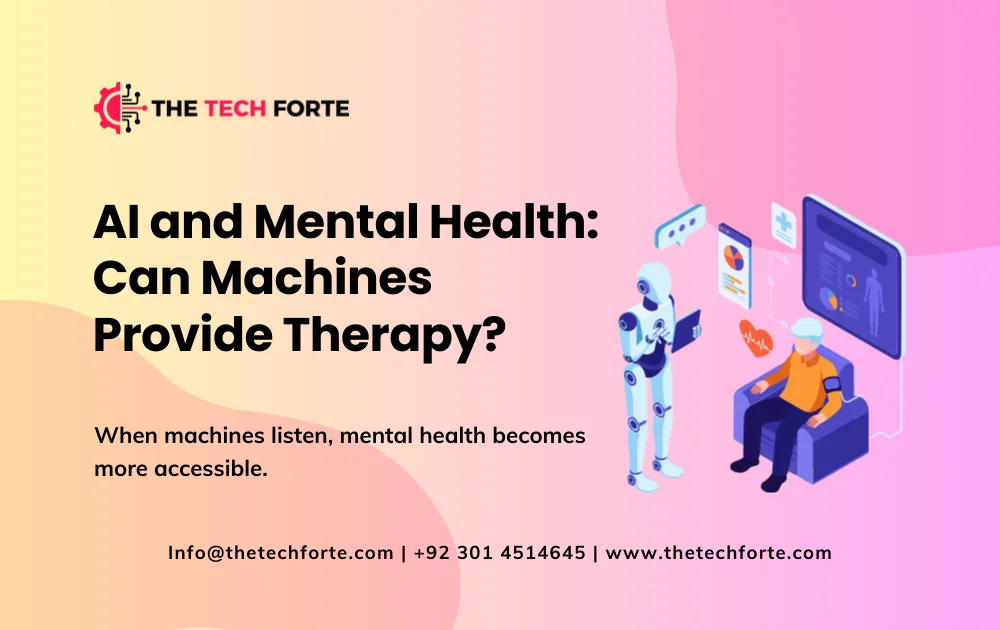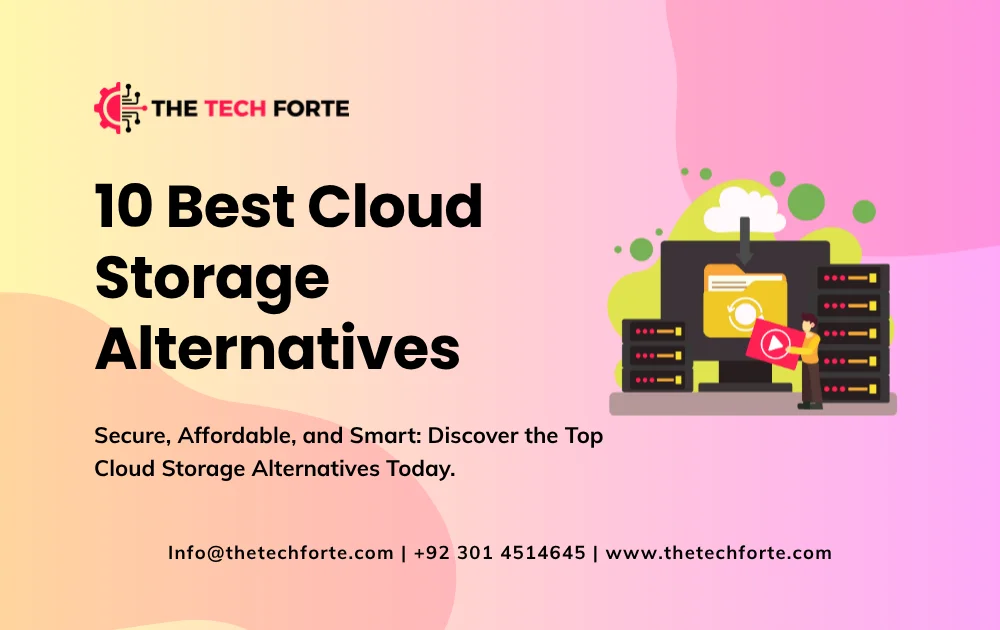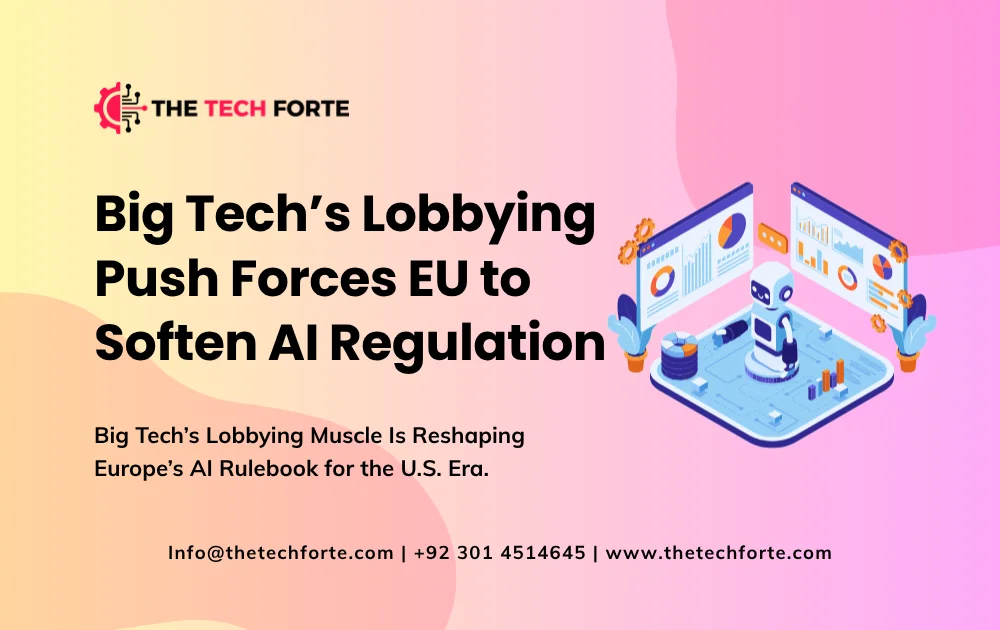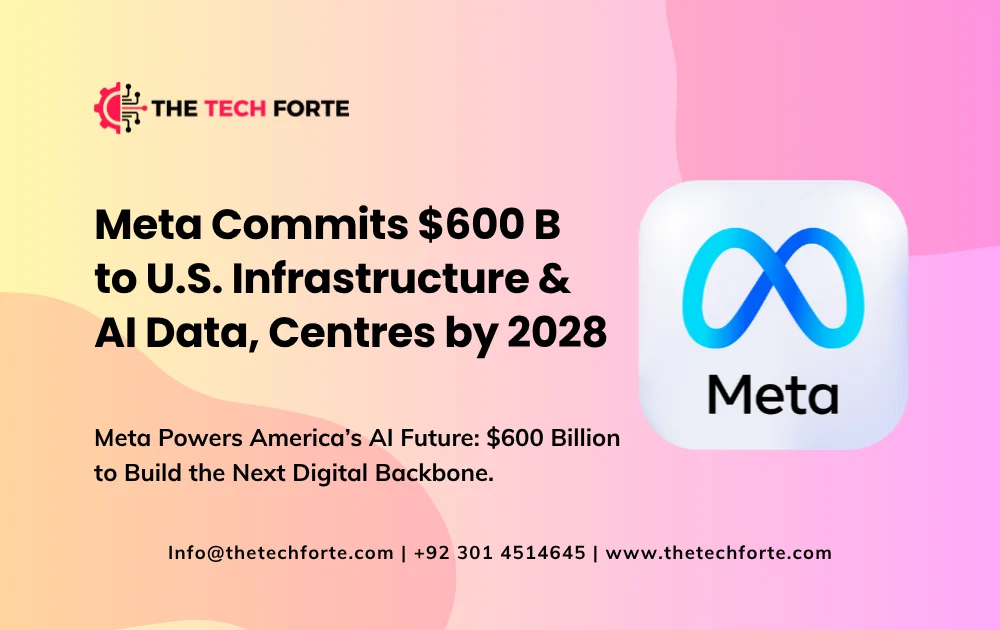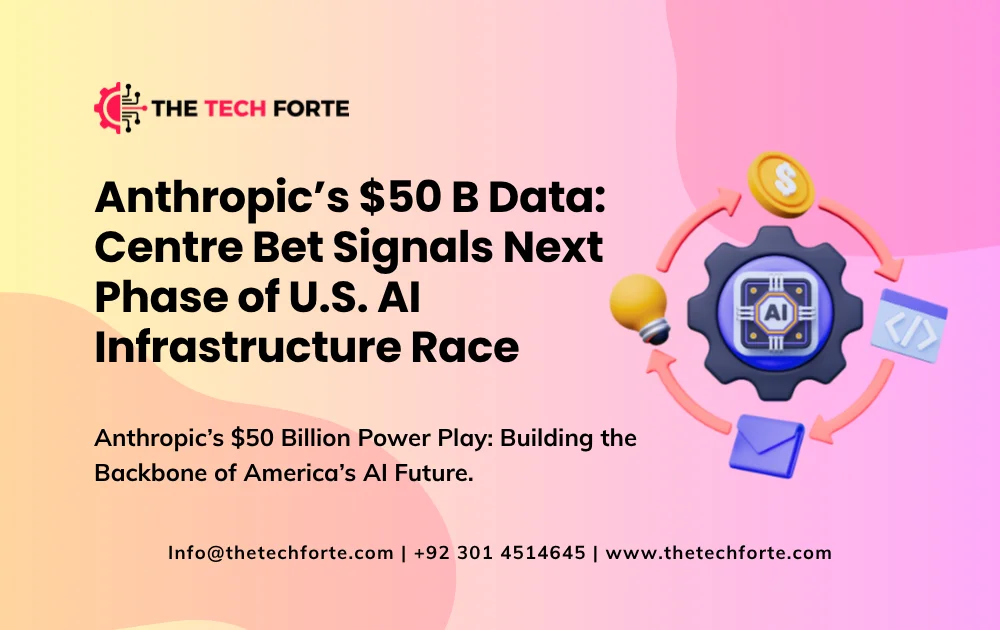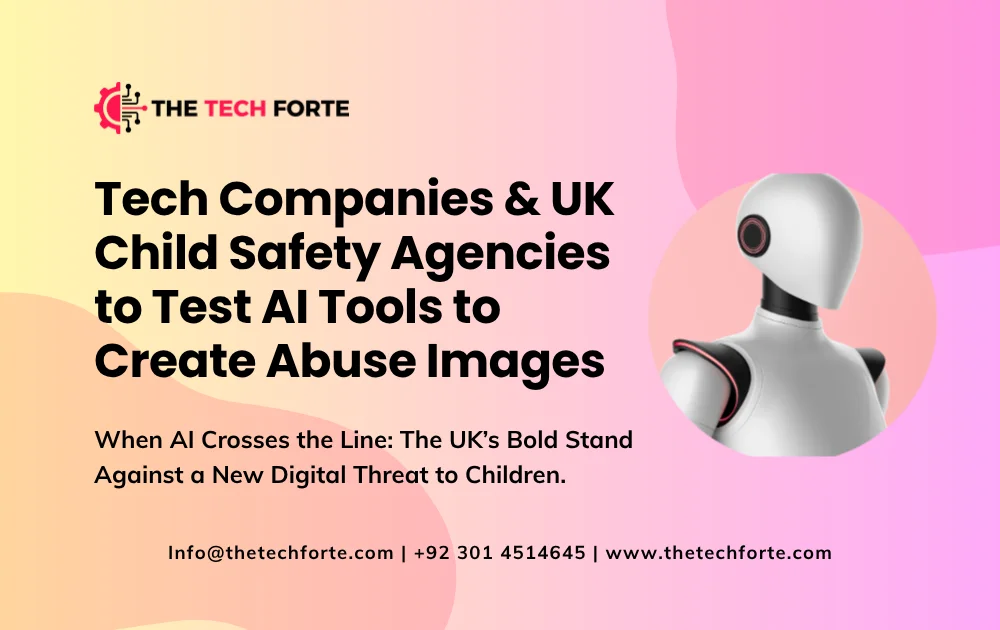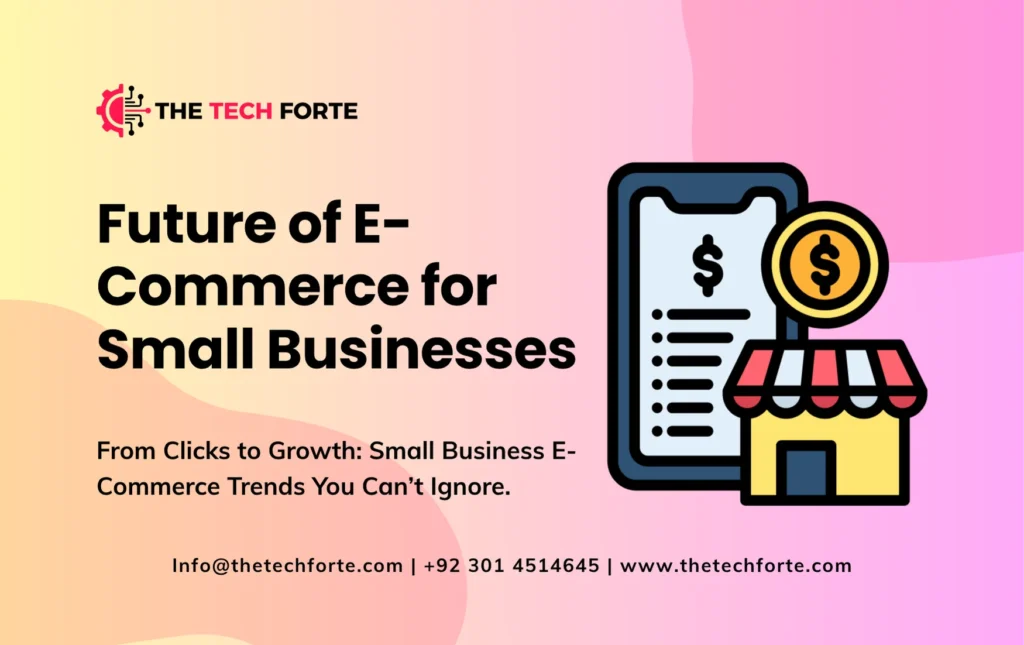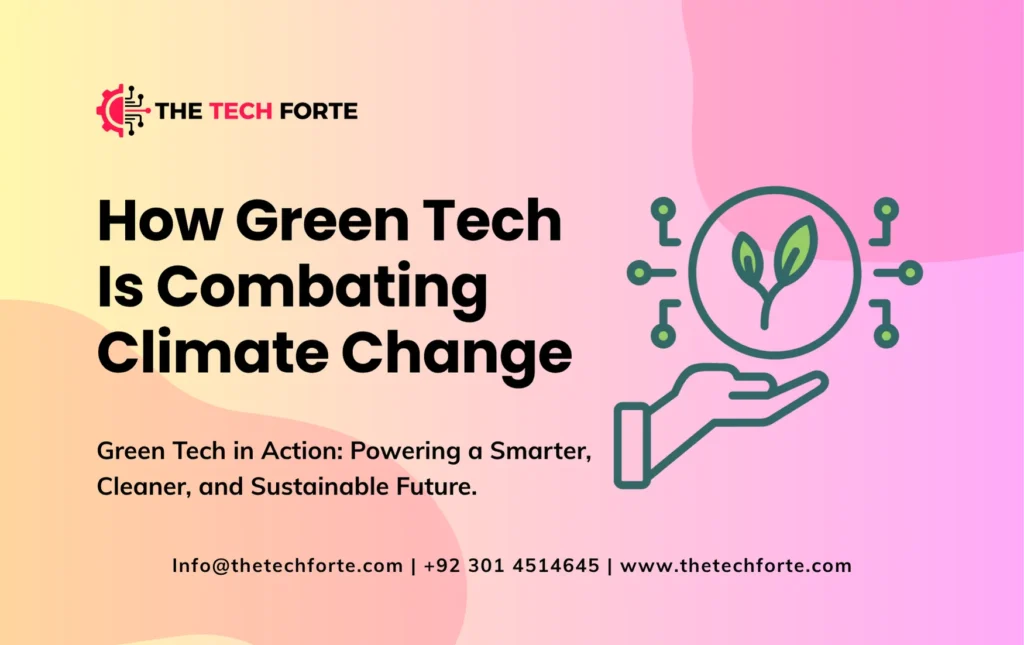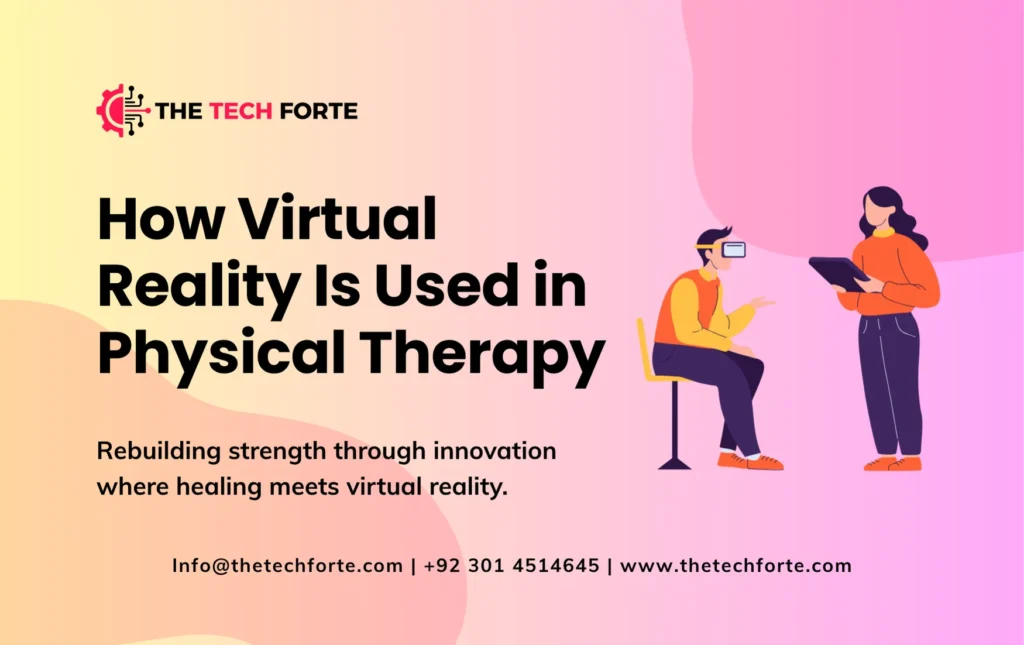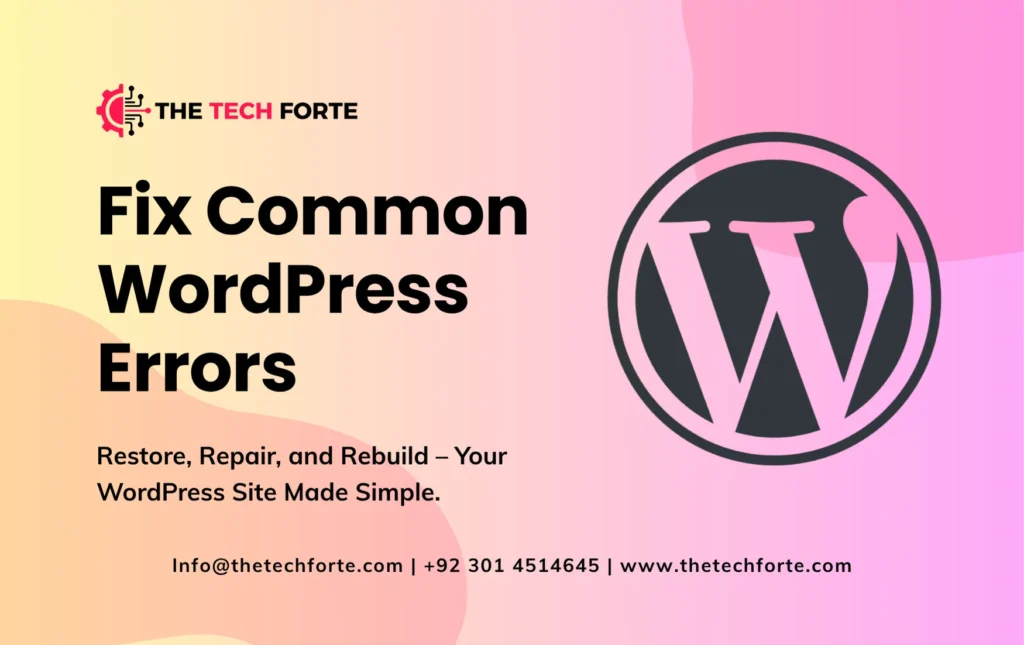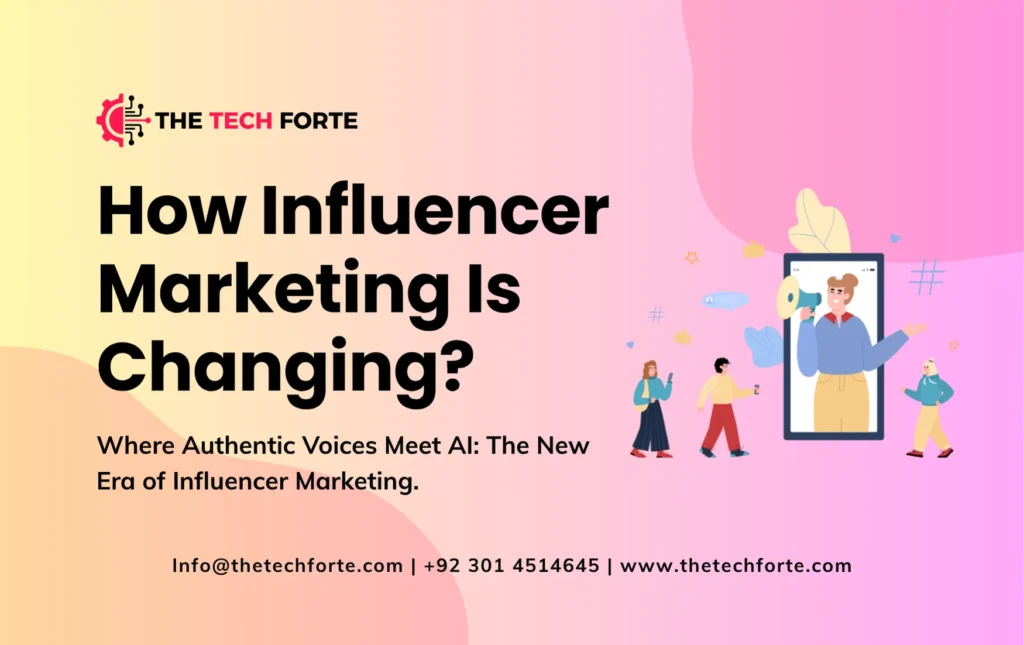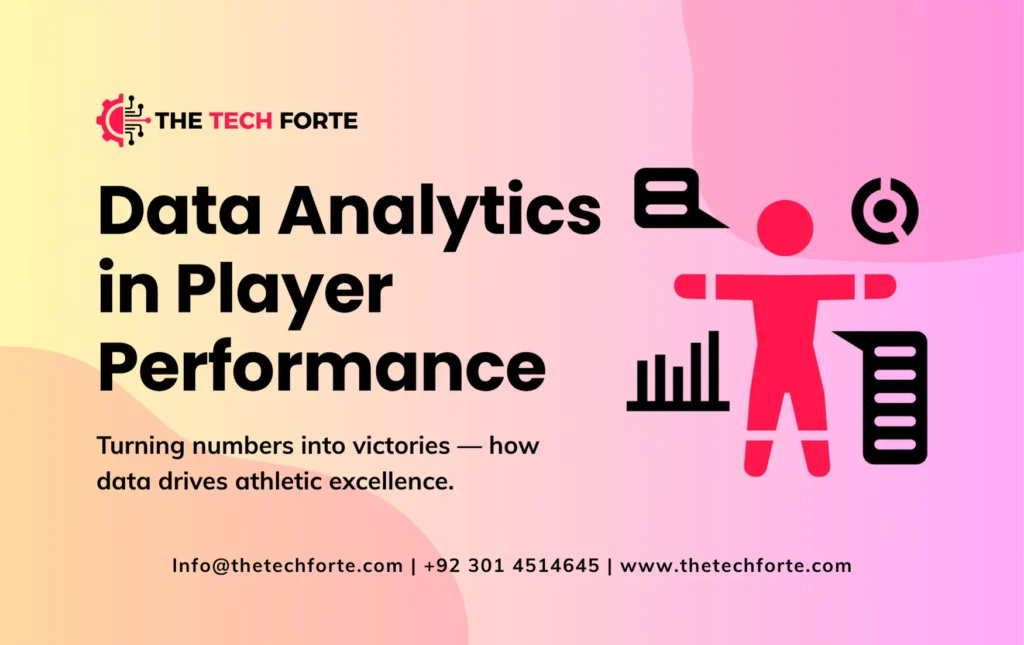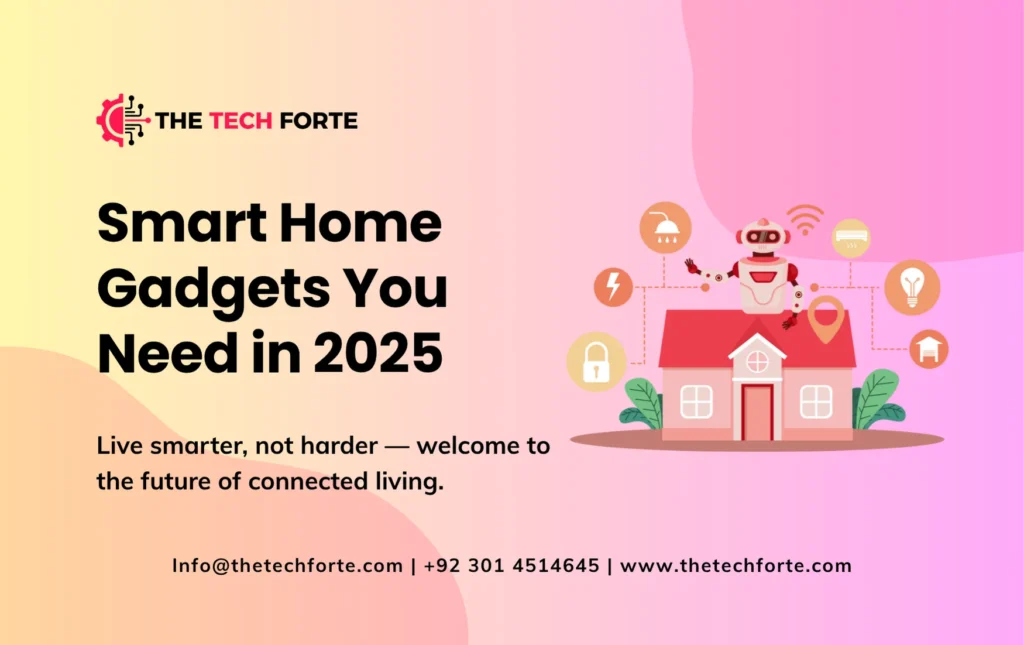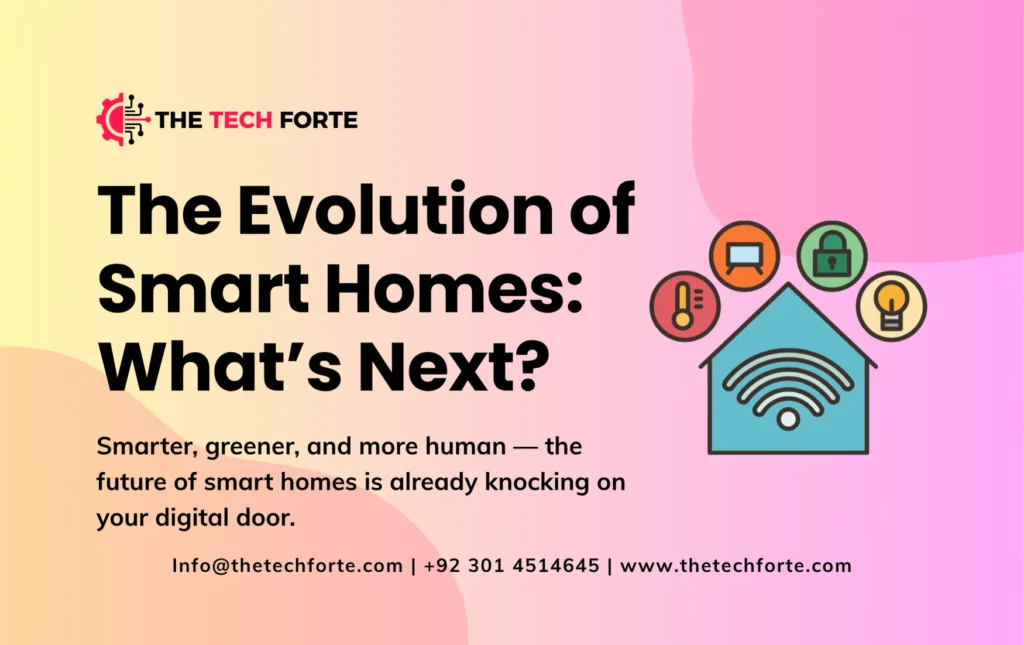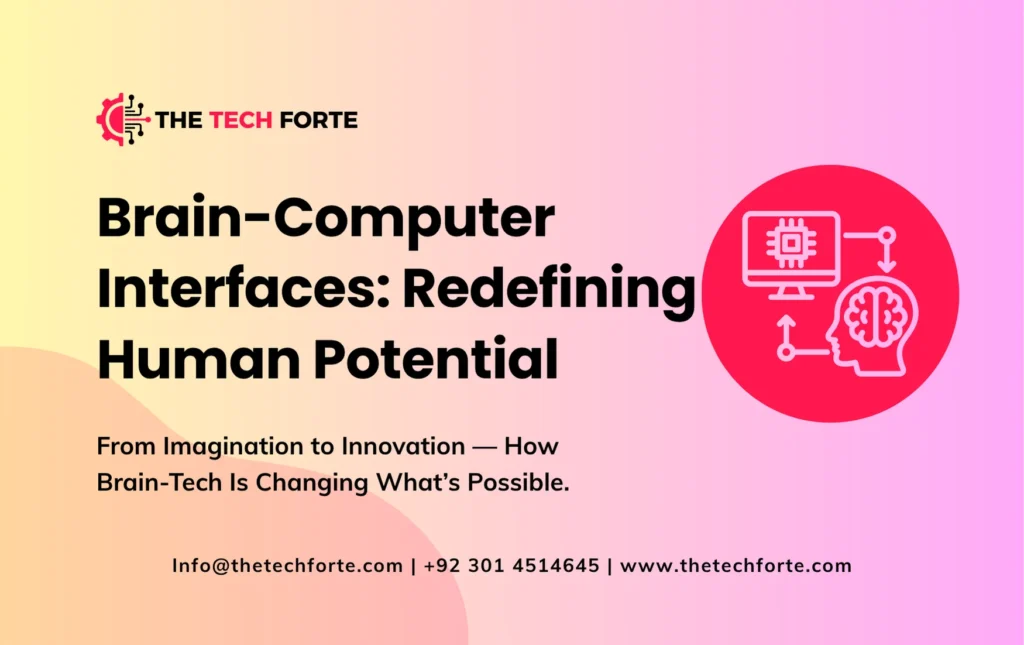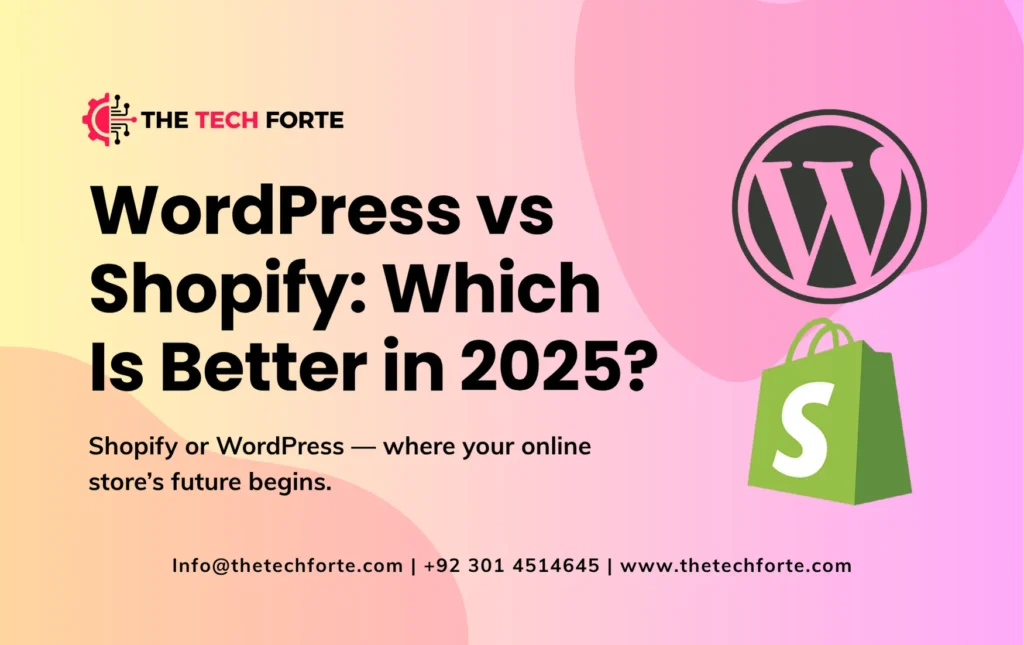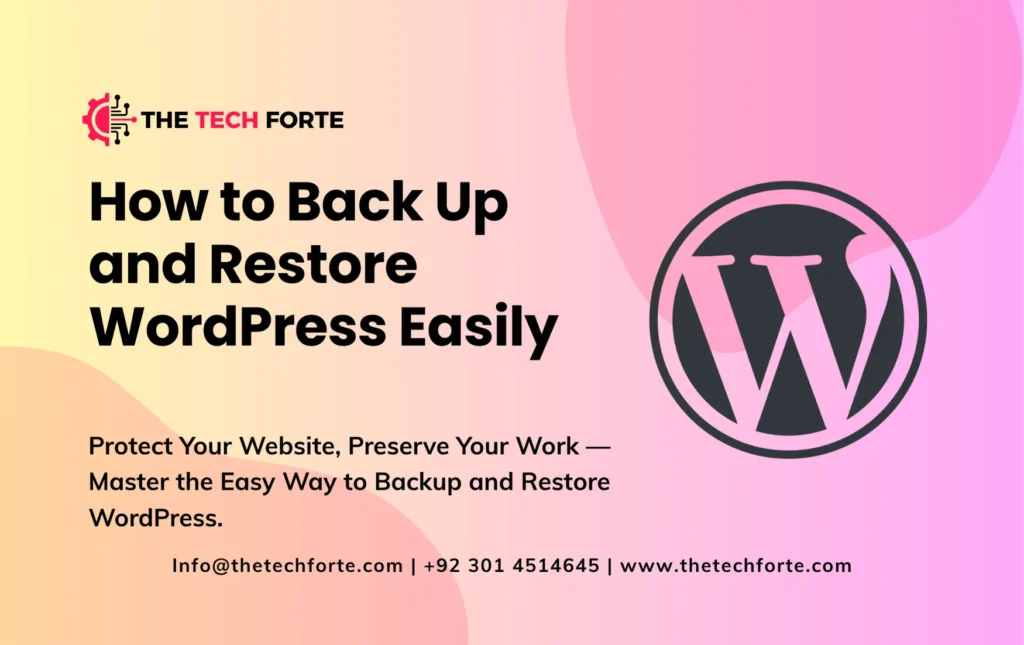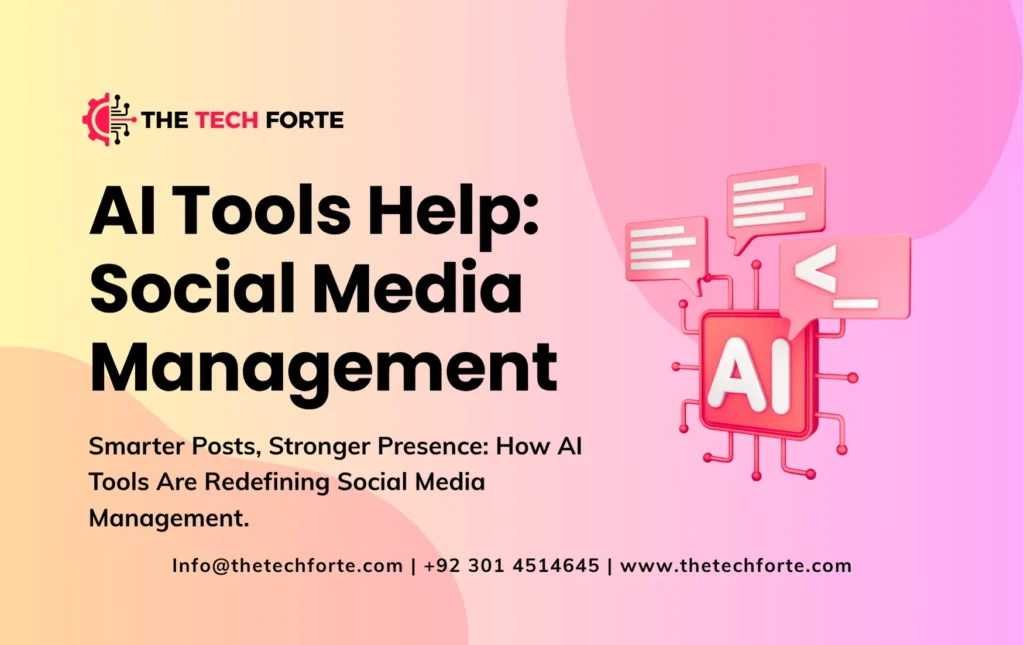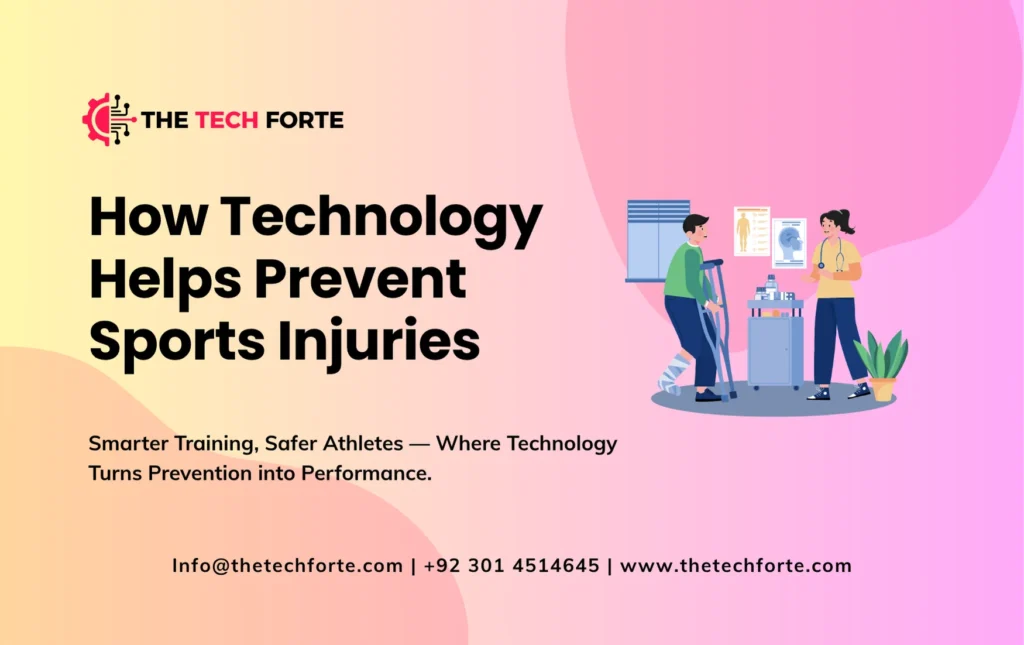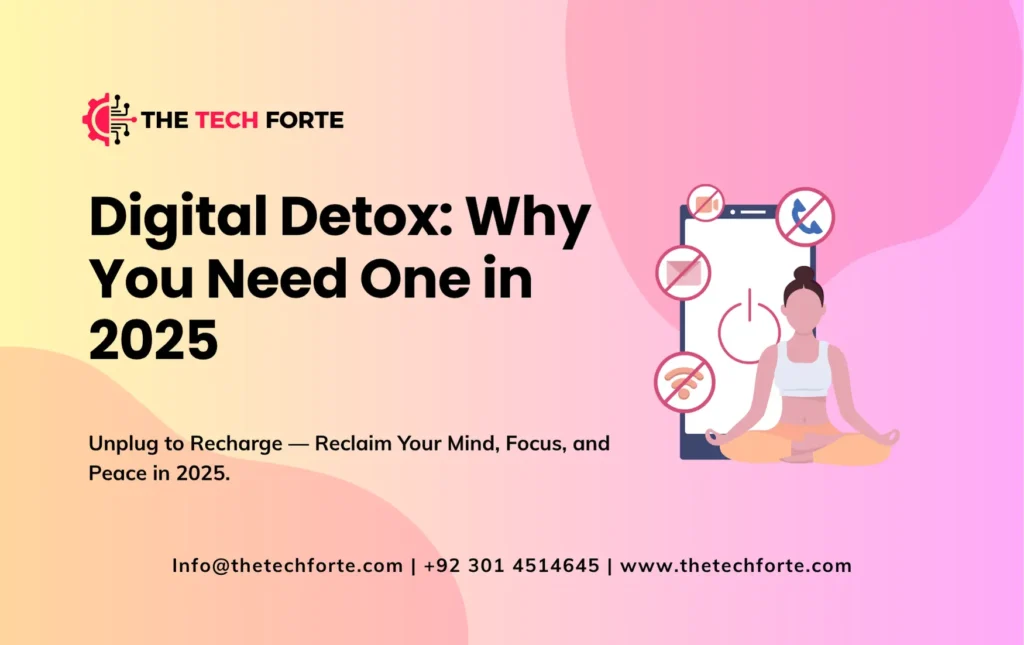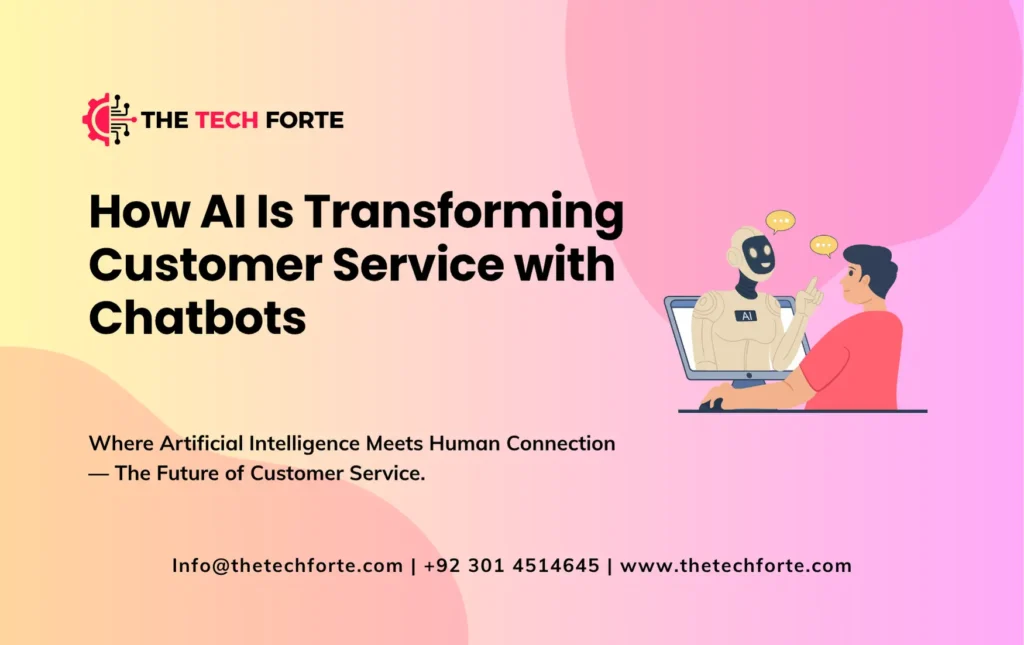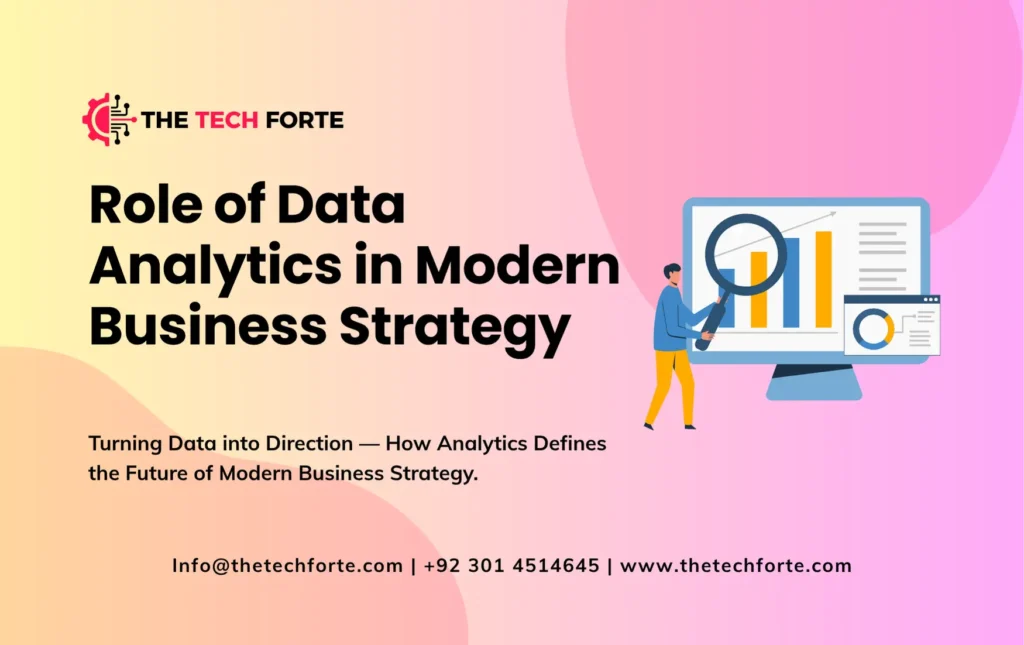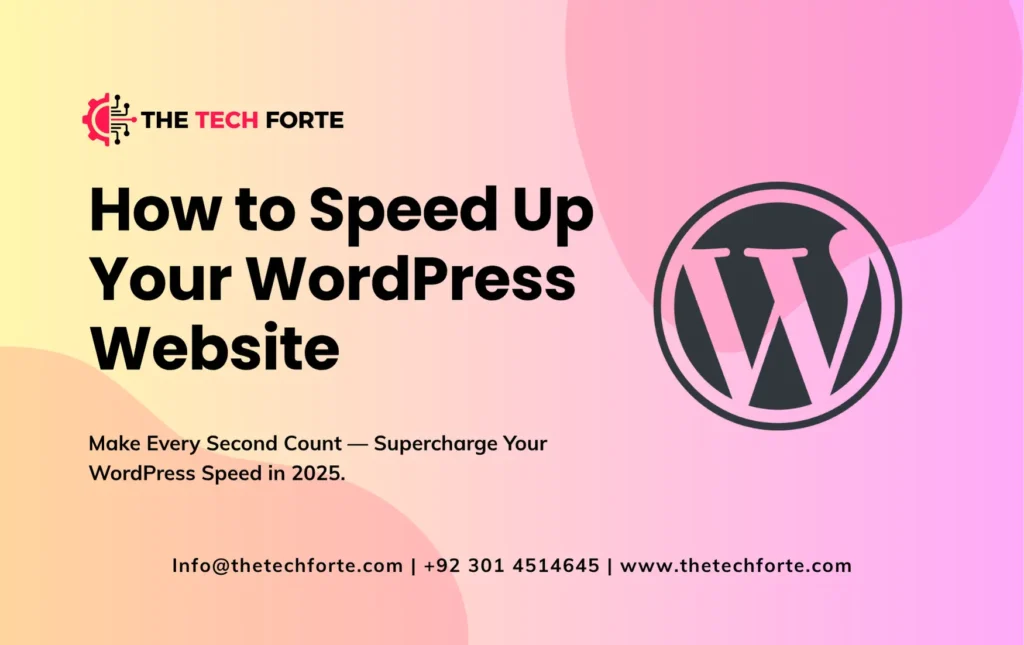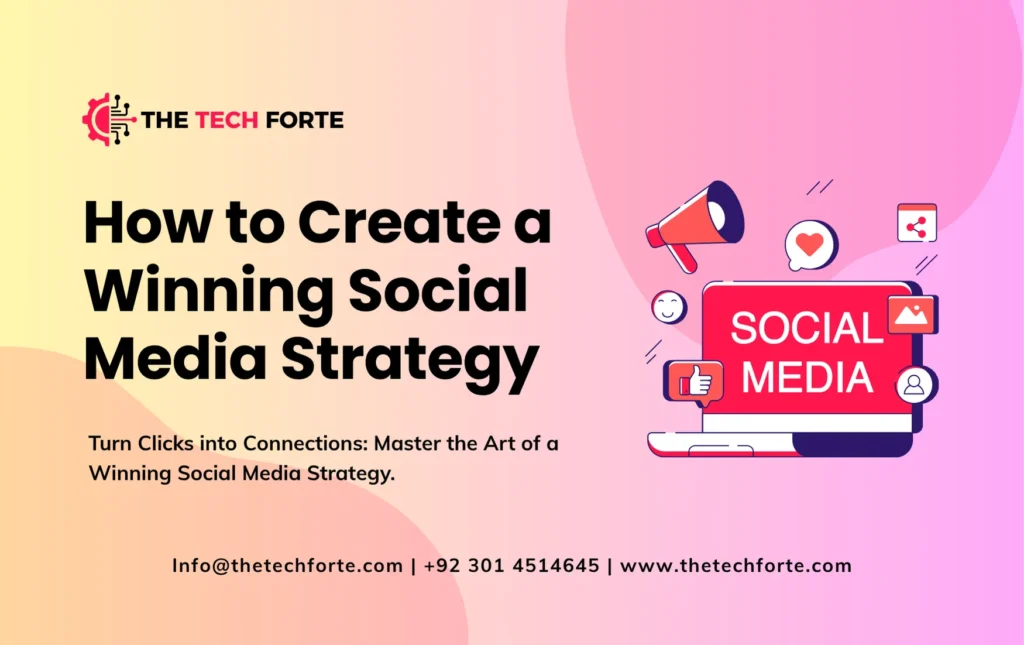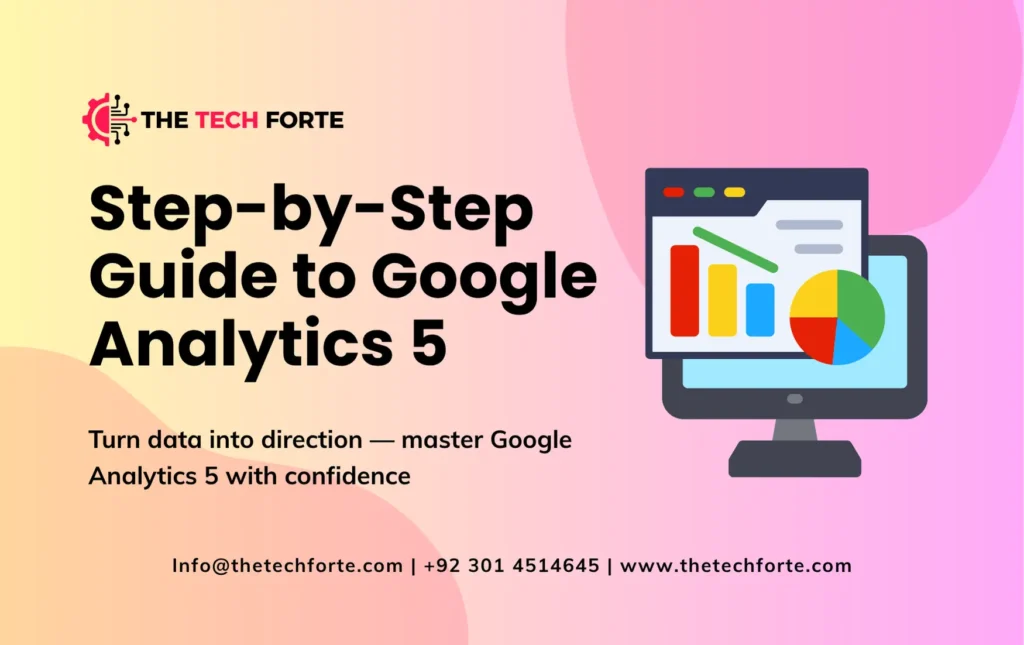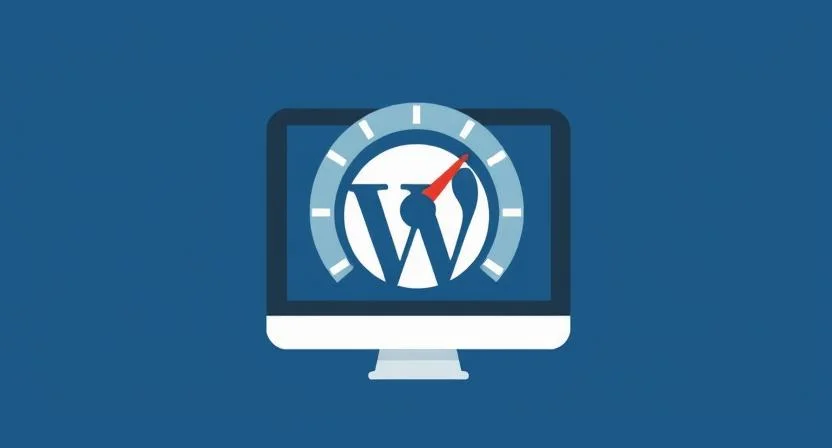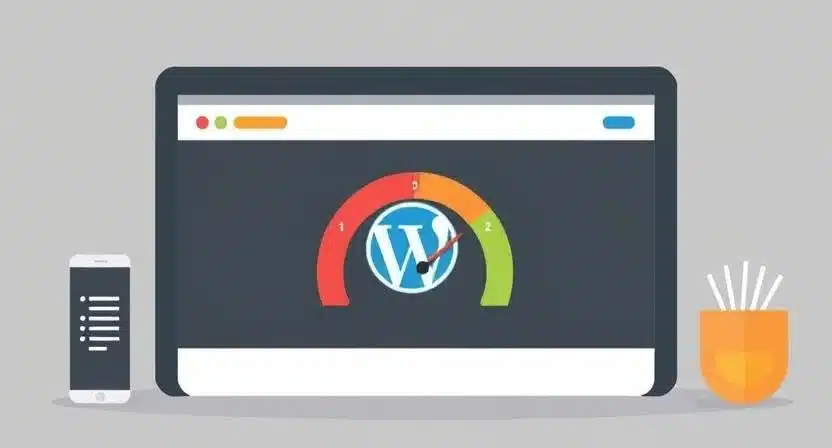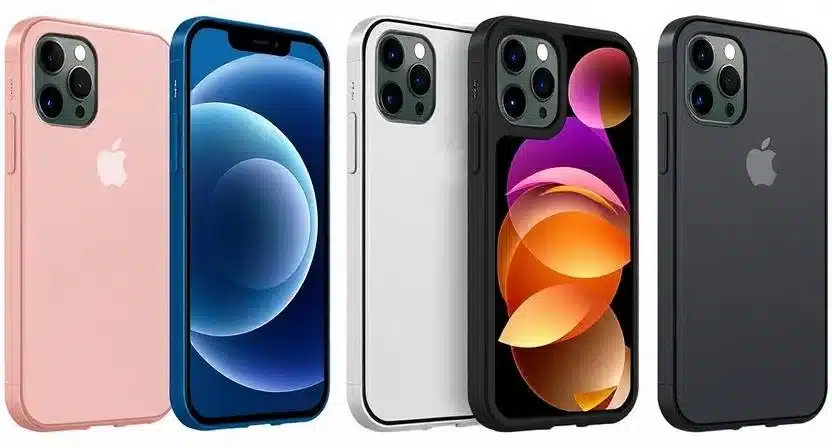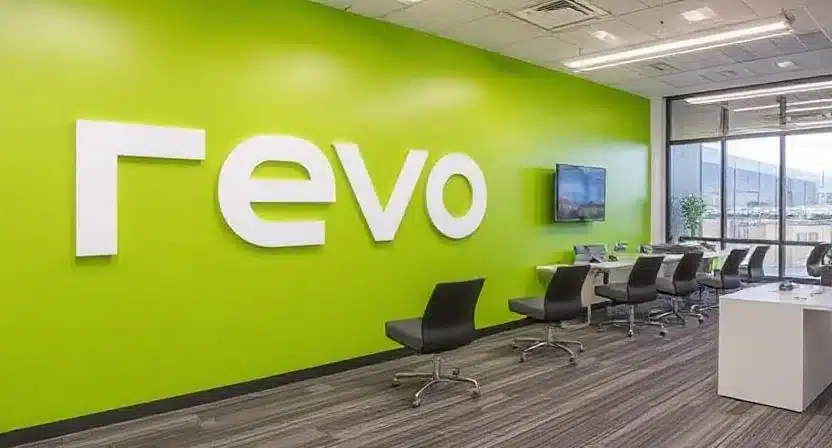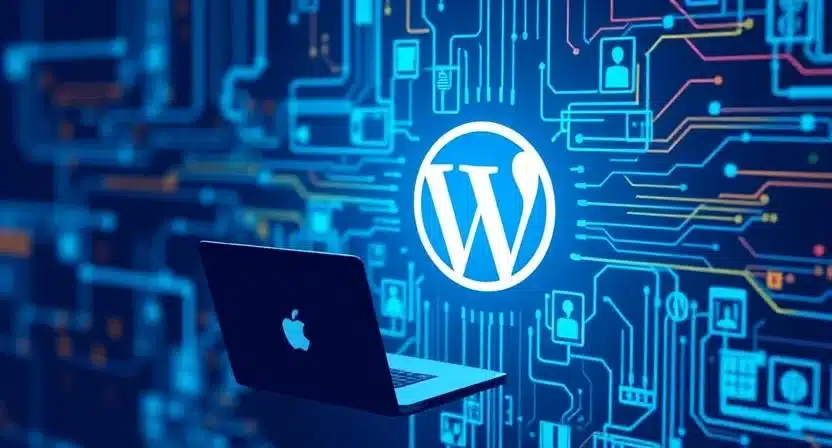Sustainable Business Practices That Drive Growth

Sustainable business practices are no longer a “nice to have.” For many organizations, they’re a strategic imperative, a route to cost savings, resilience, brand trust, regulatory readiness, and new revenue. This article explains what sustainable business practices are, shows actionable examples you can copy, explores how blockchain can support sustainability, reviews the role of sustainability through COVID-19, and lays out the measurable benefits of sustainable business practices and ethical and sustainable business practices frameworks that leaders can operationalize.
I drew on business research, case studies, and policy analysis to make this practical and rigorous. The aim is to help executives, sustainability leads, and product owners turn sustainability from marketing copy into business outcomes. Key claims are supported by respected analyses.
Why sustainability now equals growth
- Sustainability can be a source of competitive advantage when it’s tied to cost reduction, resilience, and new product lines rather than standalone reporting. Leading companies that integrate environmental, social, and governance (ESG) into core strategy often outperform peers on return and risk-adjusted metrics.
- Practical sustainable business practices range from reducing energy and waste to product redesign, circular model, and community partnerships. Many are low-cost and high-impact; others require strategic investment matched to measurable KPIs.
- Technology, including IoT, data analytics, and selective use of blockchain, enables traceability, optimization, and new circular business models. But technology is an enabler, not a substitute for governance, ethics, and stakeholder alignment.
What are sustainable business practices? A concise working definition
Sustainable business practices are operational, product, and strategic choices that reduce environmental impact, strengthen social value, and improve governance while preserving or enhancing long-term financial performance. They include:
- Operational efficiency (energy, water, materials)
- Product design for durability, repairability, and recyclability
- Circular models (reuse, refurbishment, take-back)
- Responsible sourcing and supply-chain transparency
- Inclusive employment and community engagement
- Ethical governance, reporting, and stakeholder accountability
These practices are meaningful when they are measurable, governed, and linked to business KPIs (costs, revenues, risk, customer retention).
Nine pragmatic sustainable business practices: what to do and how (with examples)
Below are nine high-impact practices, each with actionable steps and example outcomes.
Energy efficiency and decarbonization (quick wins → strategic projects)
What to do: Conduct an energy audit, switch to LED lighting, optimize HVAC controls, and establish a roadmap to renewable electricity (PPAs, corporate renewables). Longer term: electrify fleets and invest in on-site generation or green power contracts.
Why it matters: Energy is often a top operating cost for manufacturing and logistics; reducing use lowers emissions and improves margins. McKinsey shows sustainable investments can create defensible value and mitigate transition risks.
Example: A retail chain that retrofits stores with LED + smarter thermostats saw energy bills drop 15–30% within a year while improving store comfort.
Waste minimization & circular packaging
What to do: Audit packaging, move to reusable or recyclable materials, redesign inner packaging, and enable bulk and refill models. Deploy return/repair programs for products.
Actionable metric: measure packaging-to-product weight, recycling rates, and take-back participation.
Example: FMCG brands that halve packaging weight cut material costs and landfill fees, while adding a resale channel for returned goods, increase lifetime customer value. QuickBooks and other guides show multiple practical steps for small businesses.
Supply-chain traceability and responsible sourcing
What to do: Map suppliers by tier, require environmental and social codes of conduct, use audits and third-party verification. For high-risk inputs, aim to source certified or traceable alternatives.
Why it matters: Regulatory and consumer scrutiny is rising; lack of traceability increases reputational and compliance risk. Traceability also unlocks premium pricing for verified sustainable goods.
Example: Luxury and food brands use blockchain-enabled traceability pilots to prove origin stories and claim ethical sourcing, supporting resale and circular services.
product redesign for longevity and repairability
What to do: Redesign for modularity (replaceable parts), provide spare parts, publish repair guides, and partner with authorized repair networks or third-party repair cafés.
Why it matters: Extending product life defers material inputs and creates a service opportunity (repairs, parts). It also reduces customer churn by building brand trust.
Example: Electronics firms that sell replacement batteries and parts see increased brand loyalty and new revenue from parts and servicing.
Circular business models (resale, refill, subscription)
What to do: Pilot buy-back, refurbishment, rental, refill, or subscription options focusing first on high-value, durable goods. Align logistics and reverse-supply chains to make returns low-friction.
Why it matters: Circular models convert one-time transactions to recurring revenue and can access new customer segments. Case studies show refurbished product channels often reach value-sensitive customers without cannibalizing new sales.
Sustainable procurement & supplier engagement
What to do: Use sustainability KPIs in procurement decisions, provide supplier training, and create incentives for lower emissions or better labour practices. Embed ESG clauses into contracts.
Why it matters: Suppliers often control most of a product’s emissions; procurement can be the lever to reduce scope-3 emissions.
Actionable metric: supplier emissions per $ spent, percentage of spend with vetted suppliers.
Employee engagement & inclusive workplaces
What to do: Involve employees via green teams, skills training, and inclusive hiring. Track diversity metrics and ensure living wages across key supplier geographies.
Why it matters: Engaged employees reduce turnover (cost savings) and drive grassroots efficiency improvements; diversity increases creativity and problem-solving. FSC and other practitioner guides emphasize employee involvement as a practical lever.
Community partnerships and local sourcing
What to do: Source locally where feasible, partner on community projects, invest in local skills that support long-term supply stability.
Why it matters: Local ties reduce transportation emissions and build social licence, which is critical during social and supply shocks (see COVID-19 lessons below).
Measurement, transparency & governance (the operational backbone)
What to do: Implement robust ESG metrics (energy, water, waste, scope-1/2/3 emissions), publish progress, and integrate sustainability into executive KPIs and remuneration. Establish audit trails and data governance.
Why it matters: Transparency builds stakeholder trust and enables continuous improvement. McKinsey’s frameworks stress the need to measure both defensive and offensive value of sustainability actions.
How blockchain can support sustainable business practices, practical pathways, and limits
Blockchain is hyped and useful when applied to traceability, provenance, and trusted data sharing. But it’s not a silver bullet: energy use, governance complexity, and standards alignment matter.
Practical blockchain use cases for sustainability
- Supply-chain traceability: Immutable records of origin, processing, and custody (e.g., fish, diamonds, specialty coffee) help fight fraud, illegal sourcing, and greenwashing. OpenSC, backed by WWF and BCG Digital Ventures, shows a working model in fisheries that improves buyer confidence.
- Circular economy enabling: Tokenizing product IDs enables tracking through resale, recycling, and repair markets maintaining provenance and unlocking secondary-market value (helpful in luxury fashion consortia like Aura).
- Renewable energy trading & carbon accounting: Blockchain can settle peer-to-peer renewable energy credits or green certificates, increasing market liquidity and transparency.
- Verified claims and consumer transparency: QR codes linked to ledger entries let consumers verify product claims (origin, emissions, labour conditions) without trusting a single brand’s statements.
Important caveats and responsible design
- Energy and emissions: Proof-of-work blockchains are carbon-intensive; choose energy-efficient consensus (proof-of-stake, private/permissioned ledgers) or offset mechanisms.
- Data input quality: Blockchain secures records but does not guarantee truthful inputs. Combine with physical verification (IoT sensors, audits).
- Standards & interoperability: Supply-chain transparency needs common identifiers and shared schemas; consortia and standards bodies are crucial.
Bottom line: blockchain excels for shared, auditable records when combined with sensor data and strong governance, particularly in food, fashion, and high-value goods.
Sustainable business practices and COVID-19: resilience lessons & strategy
COVID-19 tested corporate resilience and accelerated some sustainability trends.
What COVID taught leaders about sustainability
- Resilience trumps cosmetics: Firms that had diversified suppliers, localized buffers, and stronger community ties weathered disruptions better. McKinsey’s pandemic work highlights how companies that used resilience-oriented practices recovered faster.
- Health & safety integration: Pandemic planning drove investments in employee wellbeing and safer supply chain practices that align with social sustainability.
- Digital & remote operations: Remote work reduced commuting emissions and forced process digitization both sustainability wins and permanence in working models for many firms.
- Community expectations rose: Businesses expected to support public health efforts and local economies; reputational value accrued to companies that acted responsibly.
Actionable COVID-era policies that persist
- Build supplier redundancy for critical inputs, with sustainability clauses.
- Maintain emergency stocks of essential components via circular or refurbished sourcing.
- Invest in employee health programs and transparent communication channels.
In short, the pandemic shifted sustainability from reputation management to operational resilience a shift that continues to inform investment decisions and ESG criteria.
Measurable benefits of sustainable business practices (hard numbers & KPIs)
Executives need ROI. Here are the primary value streams and how to measure them:
Cost reduction & margin improvement
- Energy & waste: Energy audits and efficiency can reduce utility bills 10–30% in many facilities.
- Packaging and materials: Lighter packaging lowers logistics costs. Measure cost per unit, waste disposal fees, and material sourcing costs.
Revenue growth & premium pricing
- Brand & loyalty: Verified sustainability claims can command price premiums in categories like food, apparel, and personal care. Measure repeat purchase rates, NPS changes, and price elasticity in sustainable SKUs. McKinsey outlines frameworks for offensive value capture via green products.
Risk mitigation & insurance savings
- Supply-chain risk: Transparent and diversified supply chains reduce exposure to shocks and regulatory penalties. Track downtime and business interruption costs.
- Regulatory compliance: Proactive reporting reduces fines and enables earlier adaptation to new rules.
Access to capital & lower cost of capital
- Investors increasingly price in ESG; better ESG performance can lower perceived risk and cost of capital for public firms. Measure changes in investor base, ESG ratings, and credit spreads.
Talent attraction & retention
- Employees prefer mission-driven companies. Track turnover, recruitment time, and employer-brand metrics.
Innovation & new business models
- Circular services, repair, resale, and subscription models create recurring revenue streams. Track gross margin per refurbished unit versus new units.
Ethical and sustainable business practices: frameworks for trustworthy action
Sustainability without ethics risks greenwashing. Ethical & sustainable business practices require both process and culture.
Core elements of an ethical sustainability program
- Stakeholder engagement: map constituencies (workers, suppliers, communities, shareholders) and establish feedback channels.
- Materiality analysis: prioritize actions that matter for both impact and business value.
- Transparent metrics & third-party assurance: use recognized standards (GHG Protocol, SASB, TCFD) and independent audits.
- Remediation pathways: when suppliers or operations fail standards, have clear corrective action plans.
- Governance & incentives: align executive compensation and procurement KPIs with sustainability goals. Research shows governance alignment is crucial for durable impact.
Practical ethics checklist
- Are claims independently verifiable?
- Do you publish both successes and gaps?
- Are suppliers’ and workers’ rights protected in contracts?
- Do you have an escalation and remediation protocol?
Implementation playbook: step-by-step (practical & phased)
Phase 0 Leadership & baseline
- Secure C-suite sponsorship and a cross-functional steering group.
- Run a materiality assessment and baseline emissions/impact audit.
- Set near-term KPIs (12–24 months) and 3–5 year targets.
Phase 1 Quick wins (0–12 months)
- LED lighting, building controls, packaging rationalization, and policy updates for procurement.
- Launch employee engagement and a small number of pilot circular programs. Measure and scale successes.
Phase 2 Systems & scale (12–36 months)
- Implement supplier mapping and traceability systems (consider blockchain pilots where value is shared).
- Deploy product redesigns, circular logistics, and certified sourcing. Integrate sustainability into procurement decisions.
Phase 3 Innovation & new business (36+ months)
- Scale circular services (refurbish, rental, resale).
- Expand into green product lines and new revenue streams.
- Institutionalize governance with external assurance and integrate ESG into investor communications.
Case studies & examples (short, instructive)
OpenSC & fisheries traceability (WWF + BCG)
OpenSC demonstrates how shared blockchain records plus QR codes can verify origin claims in seafood, improving buyer confidence and discouraging illegal fishing. This is an example where transparency drove measurable improvement in sourcing integrity.
Luxury brands & Aura Consortium (blockchain for circular luxury)
Select luxury houses use blockchain consortia to maintain product provenance through resale and repair lifecycles, enabling circular revenue streams. These pilots show blockchain’s real potential when major industry players agree on standards.
Industrial energy & digital twins (GE)
GE and similar industrial players use IoT sensors and digital twins to optimize wind turbine placement and maintenance reducing downtime and improving energy output, a clear example of sustainability + productivity.
Common pitfalls and how to avoid them
- Treating sustainability as marketing: Without measurable programs and governance, sustainability claims are fragile. Avoid PR-only projects.
- Ignoring scope-3 emissions: Focusing on on-site emissions while ignoring supplier emissions misses the bulk of many companies’ footprints. Map scope-3 early.
- Lack of coordination: Sustainability must be embedded across procurement, R&D, operations, and finance not siloed.
- Poor data governance: Inaccurate data undermines credibility. Invest in verifiable measurement and auditability.
- Technology fetish: Use technology to enable governance and business couldn’t adopt tech for novelty alone.
The future: why sustainability will keep driving growth
- Policy tightening (carbon pricing, disclosure mandates) will make early movers more competitive.
- Consumer sophistication increases demand for verified sustainable goods.
- Tech advances:cheaper renewable energy, better recycling, AI for optimization, lower cost, and opening new models.
- Capital markets: continued growth of sustainability-linked finance ties the cost of capital to outcomes.
McKinsey and others show that sustainability tied to growth and profitability is achievable and increasingly expected by investors and customers. Organizations that tie sustainability to core value creation, not just compliance, will capture the most advantage.
Quick checklist for leaders (ten-minute roadmap)
- Appoint an accountable executive and governance forum.
- Run a materiality assessment and set measurable targets.
- Start 3 quick wins (LEDs, packaging, supplier code) and measure ROI.
- Pilot traceability for one high-risk product (blockchain + IoT if needed).
- Build supplier training programs and integrate ESG into procurement.
- Publish transparent progress and third-party verification.
- Incentivize leaders with sustainability KPIs.
- Reinvest savings into circular innovation and local community programs.
- Prepare investor communications tying sustainability to growth metrics.
- Keep learning: benchmark peers and update targets annually.
Conclusion: sustainability with rigor and purpose
Sustainable business practices are not a cost center when implemented strategically. They reduce costs, unlock new revenue models, reduce risk, and build trust but only when they are measurable, governed, and aligned with the business model. Technology such as blockchain can accelerate transparency and circularity when combined with sensors, audits, and interoperable standards; however, governance and ethical design are the durable enablers of impact.
Start with materiality, pursue pragmatic pilots, measure hard outcomes, and scale what works. That’s how sustainability stops being rhetoric and becomes a repeatable engine of growth.




